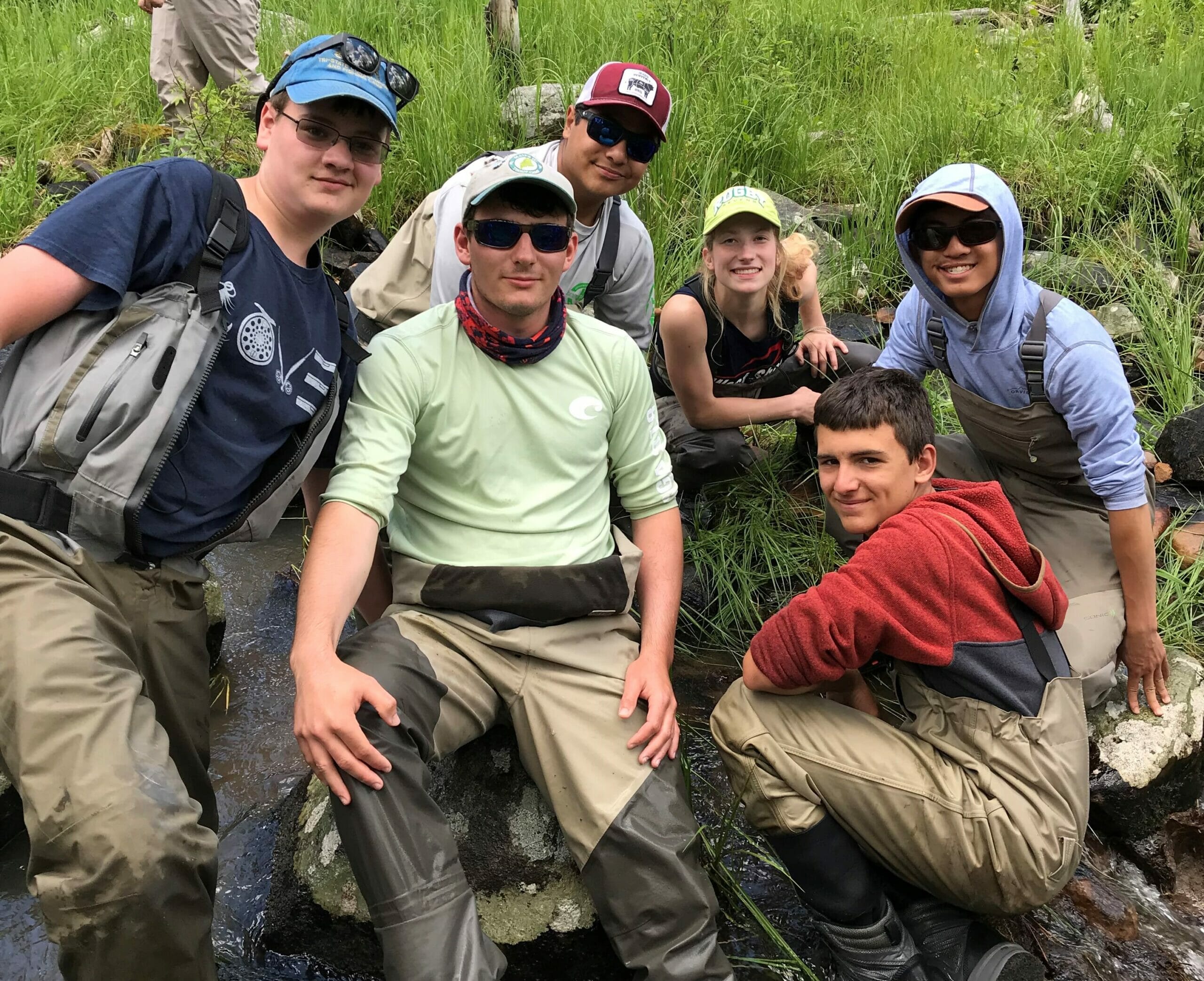By now we are all familiar with coronavirus symptoms: fever, cough, fatigue, headache, loss of smell. We have all gone to school on pandemics and contagious diseases. Alas, what trying times the last seven months have been for our communities.
There are other side effects of the pandemic as well, ones that don’t come with infection and are not as easy to detect. Known as “Zoom fatigue” or “screen overdose,” being in front of a computer and phone for extended periods of time causes many to disconnect from the physical world around them. We blink and three hours have disappeared into a cyber vortex.
Poof!
Kids are particularly susceptible to this type of screen-induced isolation, especially given how a young person’s social network is usually linked to devices and apps like Instagram and TikTok. It’s not uncommon for today’s teen to be on close terms with a person they have never actually met face to face.
But here’s some good news: real, grounded life experiences have never been more popular.
Despite being armed with smartphones, young people desire real connection — they crave it and seek it out. It’s little wonder that nearly all outdoor pursuits have exploded, and record numbers are now into backpacking, rock climbing, mountain biking, surfing and hiking. Fly fishing is also on the list, with stats revealing that young fly fishers are one of the fastest growing segments in the sport.
At Trout Unlimited, a program called the Headwaters Youth Program provides connections between kids and the natural world of rivers and streams. Headwaters is a series of programs and events created with young students and anglers in mind. Via experiences like raising trout eggs to fingerlings in a classroom through Trout in the Classroom, or learning fly fishing and stewardship at a TU Summer Fly Fishing Camp, young people can make a lasting connection with the outdoors. Technology and screens are here to stay, yet we can counterbalance Zoom fatigue and device overdose with place-based learning and the cool blend of conservation and angling that only TU can deliver.
Your support sustains this important work. Maybe you have never heard of the Tomorrow Fund, or maybe you have but not yet been able to contribute. Here’s a quick reminder:
In 2017, TU’s largest chapter, Guadalupe River in Texas, established the GRTU Tomorrow Fund. At the heart of the Fund is an annual $10K contribution to Headwaters. But why does the program need this kind of support? Because Headwaters is entirely self-funded, and every year presents an uphill battle to cover program costs. GRTU wisely realized this and decided to give an annual gift that would inspire chapters to also step up and support TU’s youth work.
So how can you help? Join the 100 for 100 Challenge. For the second year in a row, we are offering a way for chapters, councils, and individuals to support the GRTU Tomorrow Fund. The concept is simple: 100 supporters pledge $100 to the Tomorrow Fund. The resulting $10K will be a direct 1-to-1 match for GRTU’s gift.
In the spirit of “many hands make light work” the 100 for 100 Challenge provides the TU community with an opportunity to support the future of conservation. The Headwaters program helps chapters and councils deliver over 120,000 youth outreach hours each year. Please consider supporting our whole community – young and wise – with a donation to the Tomorrow Fund as we inspire and educate the next generation.
To donate, go to www.tu.org/tomorrowfund. For more information, email Franklin Tate, Headwaters Program Director ftate@tu.org



